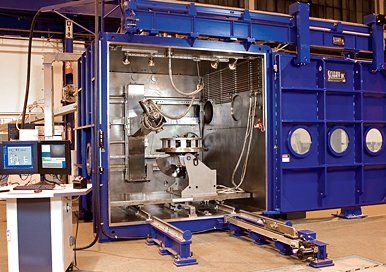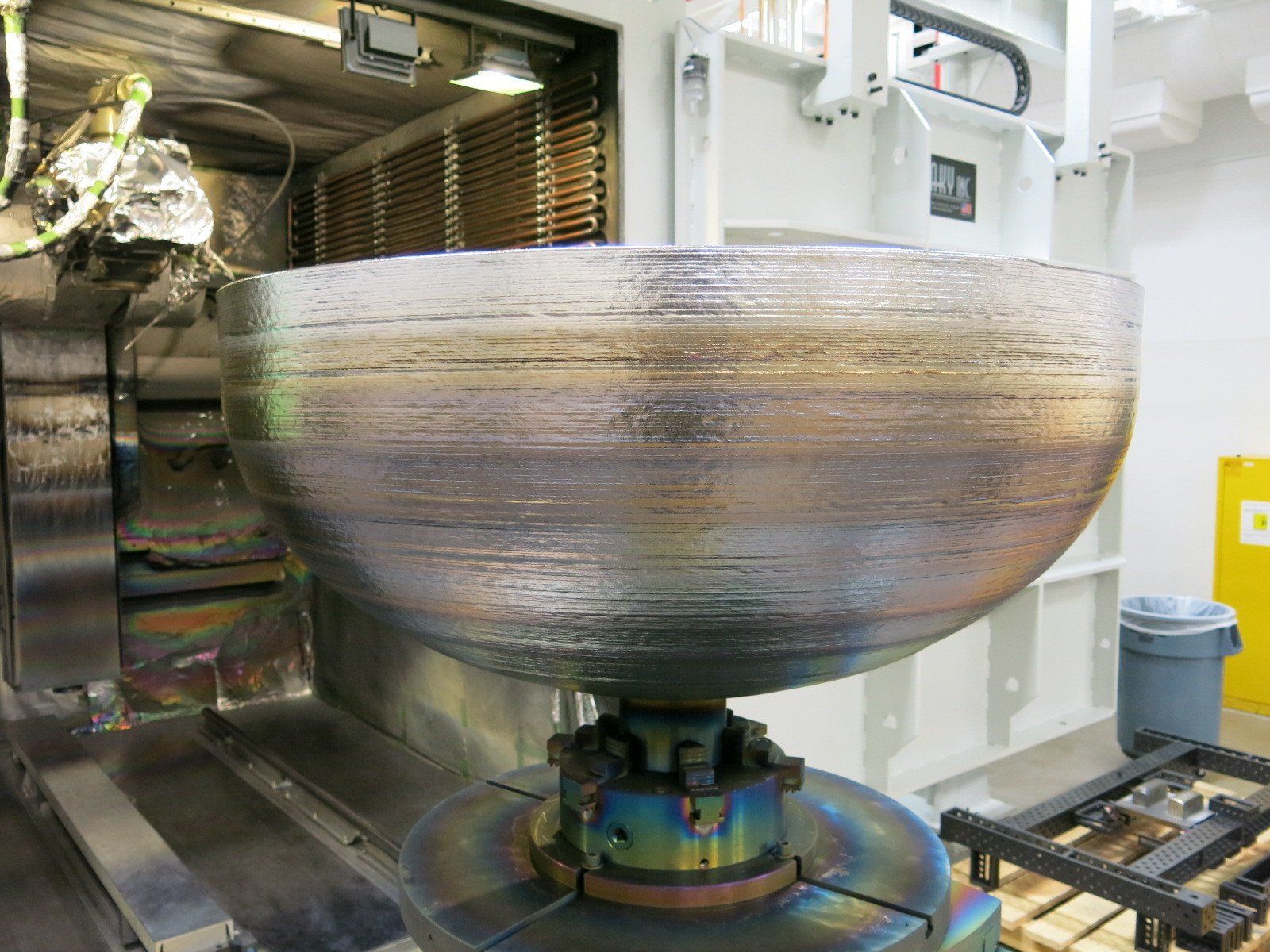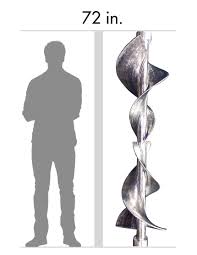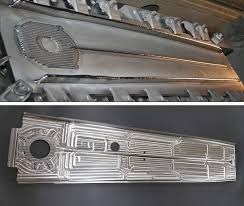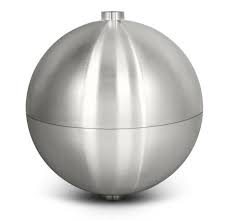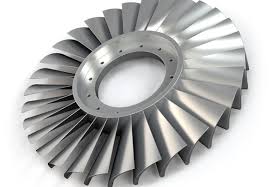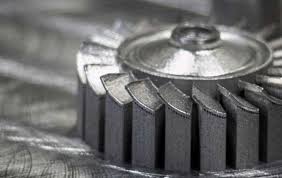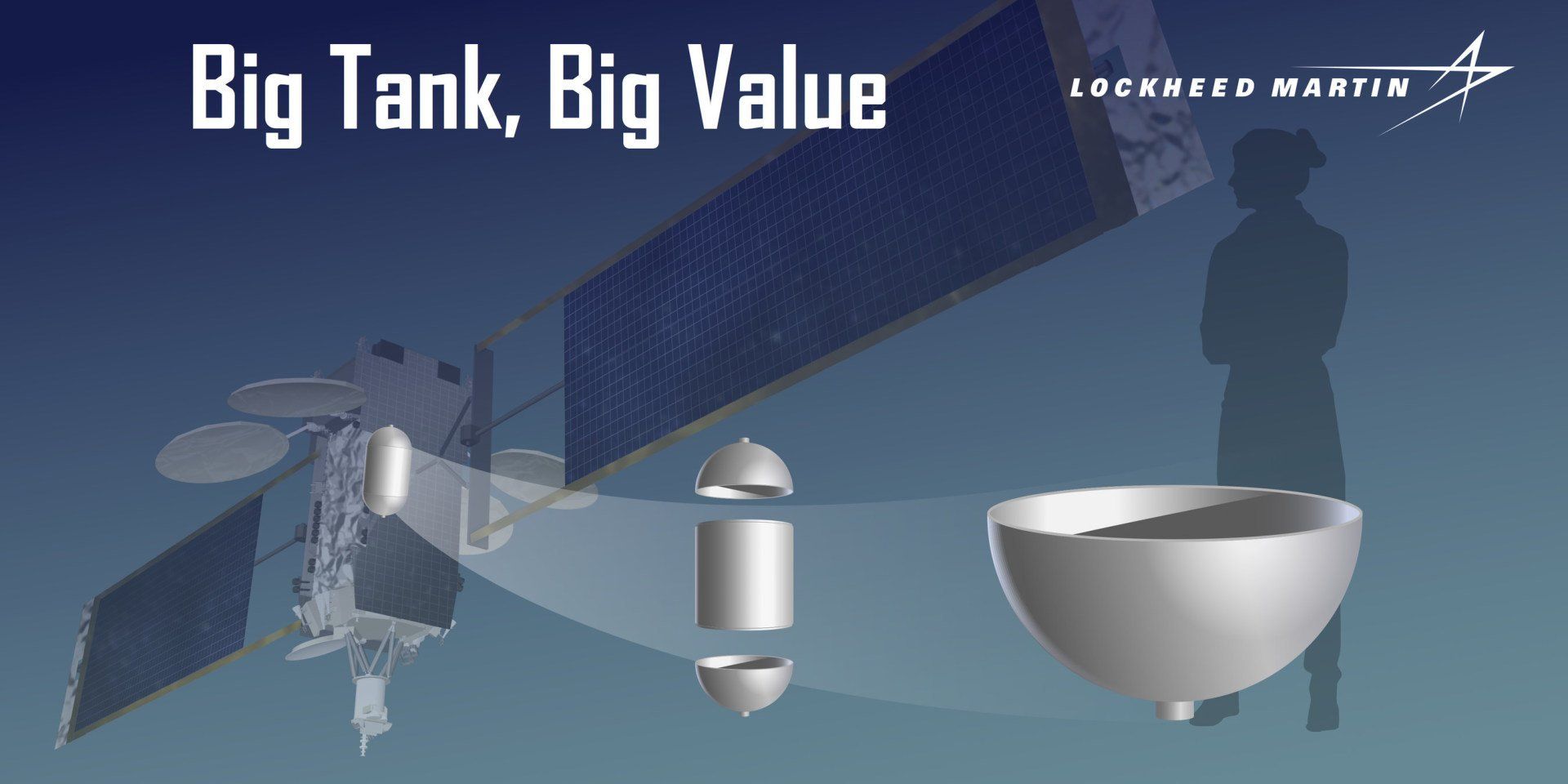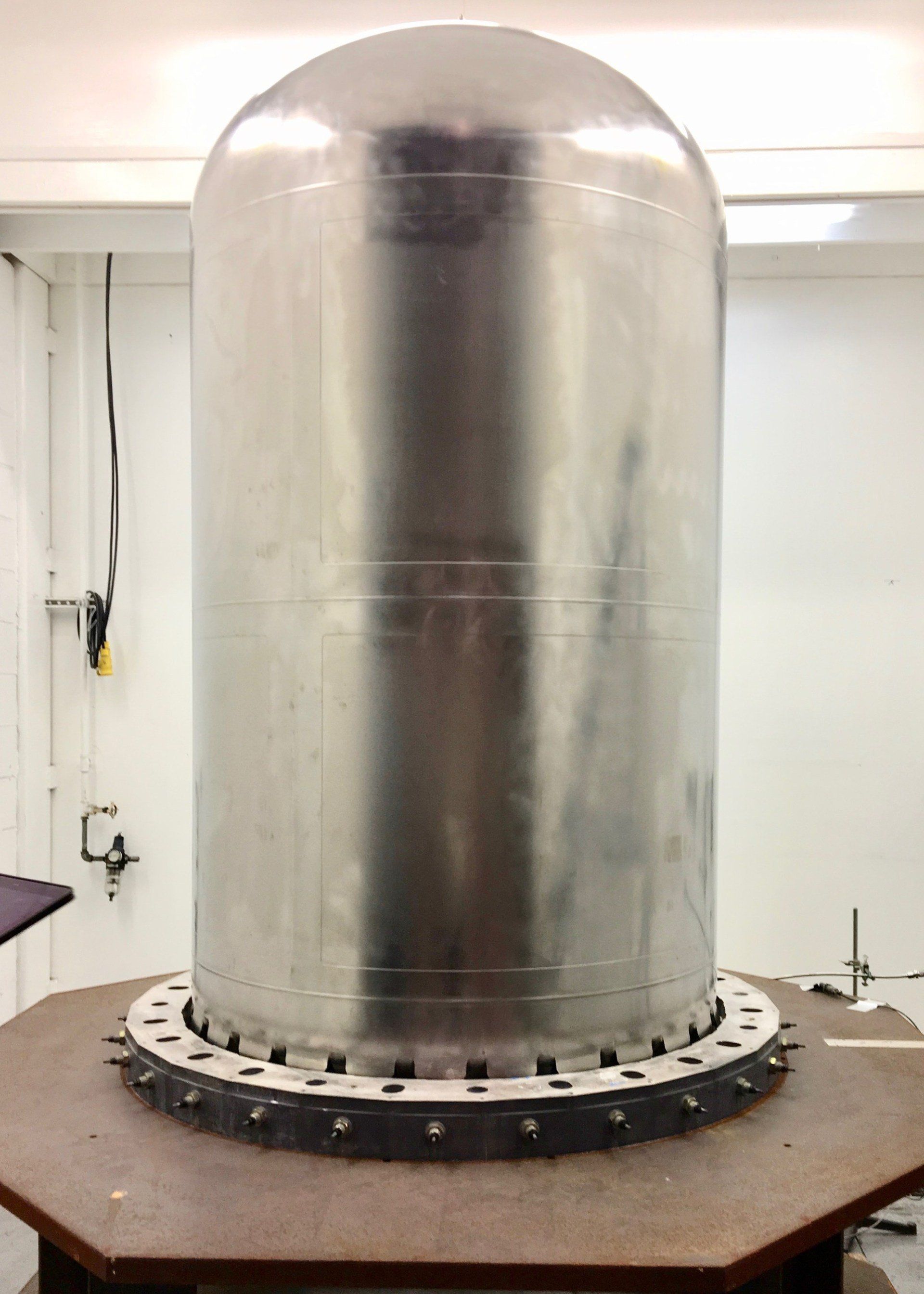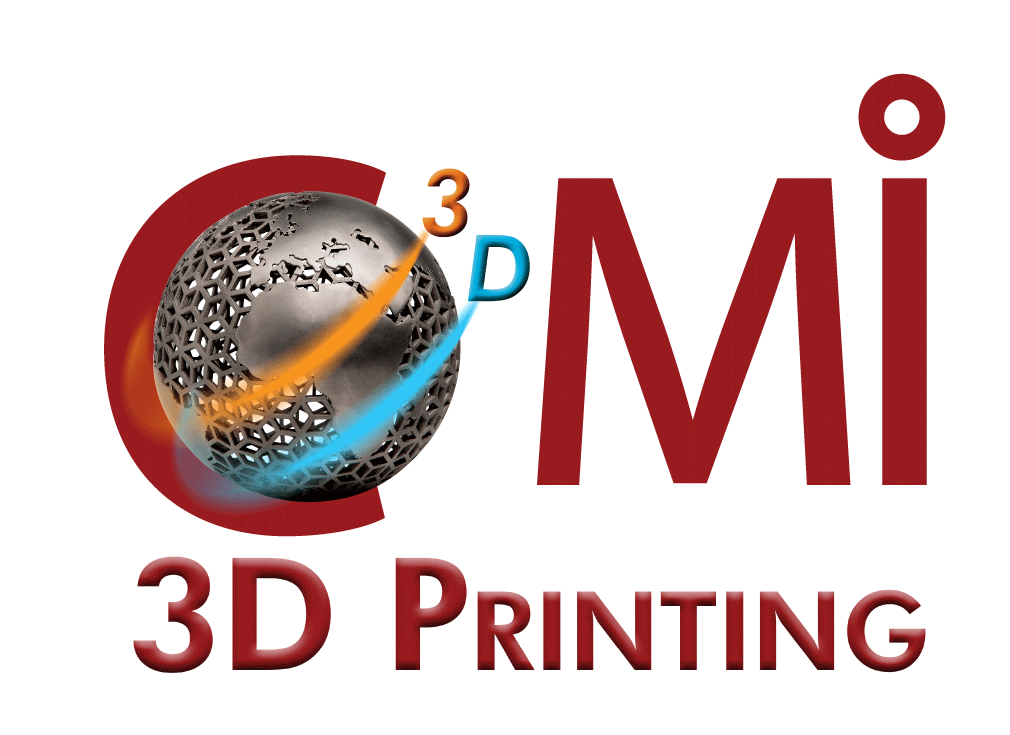
EBAM Metal Printer
EBAM Metal printer
Mac
Sciaky’s Electron Beam Additive Manufacturing (EBAM) is a one-of-a-kind metal 3D printing technology that delivers on the key benefits mentioned and excels at producing large-scale, high-value metal parts. It’s no secret that large-scale forgings and castings can take many, many months to complete. EBAM, on the other hand, can produce high quality, large-scale metal structures, up to 19’ in length, made of titanium, tantalum, and nickel-based alloys in a matter of days, with very little material waste.
In addition, the EBAM process can be used in any phase of the product life cycle: from rapid prototypes and production parts to repair and remanufacturing applications.
Materials
The best material candidates for EBAM applications are weldable metals that are available in wire feedstock. These materials include:
Titanium and Titanium alloys
Inconel 718, 625
Tantalum
Tungsten
Niobium
Stainless Steels (300 series)
2319, 4043 Aluminum
4340 Steel
Zircalloy
70-30 Copper Nickel
70-30 Nickel Copper
Benifits
Reduces material costs, lead times, and machining times (as much as 80%) vs. conventional manufacturing
The fastest, most cost-effective Additive Manufacturing process in the market for producing large metal parts
IRISS® Closed-Loop Control Technology
ensures process repeatability and traceability (real-time adaptive control)
With EBAM’s pure vacuum environment, the process doesn’t require the use of Argon or any inert gas for part shielding
The Big Metal Experts: Sciaky offers the largest build envelope in the world for 3D printed metal parts
EBAM works exceptionally well with refractory alloys and produces significantly less material waste (a big cost-savings advantage!) – Plus, wire feedstock is significantly less expensive than powder feedstock, it is easier to store, and it isn’t highly flammable like some powder feedstocks
EBAM’s exclusive dual wirefeed process allows you to feed two different metal alloys into a single melt pool to create parts made of custom alloys; It also allows designers to vary alloy mixtures to produce graded parts; Graded parts can also be produced by switching from thin wire (fine deposition) to thick wire (gross deposition) feedstock
The widest range of commercially-available metal Additive Manufacturing systems (in terms of work envelope scalability)
